Initiativen Liste

AAL is a European programme funding innovation that keeps us connected, healthy, active and happy into our old age.
This EU programme supports the development of products and services that make a real difference to people’s lives – for those facing some of the challenges of ageing and for those who care for older people if they need help.

The EU-funded ATHLOS Project aims to achieve a better understanding of ageing by identifying patterns of healthy ageing trajectories, the determinants of those patterns, the critical points in time when changes in trajectories are produced, and to propose timely clinical and public health interventions to optimise healthy ageing. Moreover, a new definition of ‘old age’ based on many characteristics rather than just the classical chronological definition of age will be used for calculating projections in each specific population and guide policy recommendations. The new definition will be used for calculating projections in each specific population and to guide policy recommendations.

The European Cooperation in Science and Technology (COST) is a funding organisation for the creation of research networks, called COST Actions. These networks offer an open space for collaboration among scientists across Europe (and beyond) and thereby give impetus to research advancements and innovation.
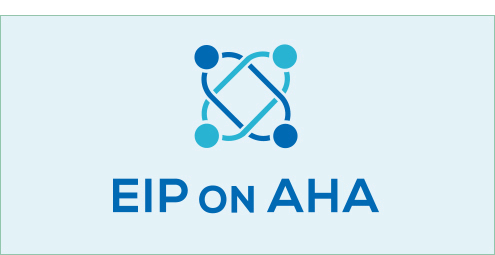
The European Innovation Partnership on Active and Healthy Aging (EIP on AHA) is an initiative of the European Commission to promote innovation and digital transformation in the field of active and healthy aging. The concept is a partnership that can help strengthen EU research and innovation. As such, it brings together all relevant actors from different political areas at EU, national and regional level in order to meet certain social challenges, and thus involves all levels of innovation chains. The initiative also offers some limited funding opportunities and keeps submitting tenders for specific initiatives

The European Network in Aging Studies (ENAS) facilitates sustainable international and multi-disciplinary collaboration among all researchers interested in the study of cultural aging.
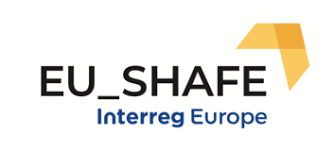
The EU_SHAFE project will improve policies and practices in 7 European regions by developing a comprehensive approach to Smart Healthy Age-Friendly Environments (SHAFE). Through a 'learning by sharing' methodology, this robust multi-disciplinary and intersectoral consortium will build a four-helix European community to exchange experiences and practices to improve multilevel policy instruments. The consortium will create a cooperative, inclusive ecosystem between public authorities, European networks and user’s associations, embedding their experience and skills with research & design knowledge from academia and SMEs for the growth of community-based services and “ageing at home” around Europe.
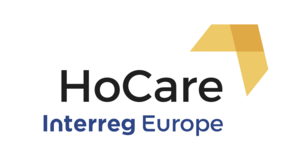
Aging of the population is challenge for all EU regions. But it means at the same time also an opportunity for growth and jobs as there is created great potential to deliver innovative solution for home care. Common challenge in all HoCare regions is unlocked potential to delivery innovation it this field.
In total, 3 International Thematic Workshops will be organized within HoCare project each covering one thematic sub-objective of the HoCare project.
Objective of HoCare project is to boost delivery of home care innovative solutions in regional innovation chains by strenghtening of cooperation of actors in regional innovation system using Quadruple-helix approach. Quadruple-helix is an innovation cooperation model or innovation environment in which users, businesses, research actors/universities and public authorities cooperate in order to produce innovations - government, industry, academia and civil participants work together to co-create the future and drive structural changes far beyond the scope of what any one organization or person could do alone. This model encompasses also user-oriented innovation models to take full advantage of ideas' cross-fertilisation leading to experimentation and prototyping in real world setting.

Horizon 2020 is the financial instrument implementing the Innovation Union, a Europe 2020 flagship initiative aimed at securing Europe's global competitiveness.
Seen as a means to drive economic growth and create jobs, Horizon 2020 has the political backing of Europe’s leaders and the Members of the European Parliament. They agreed that research is an investment in our future and so put it at the heart of the EU’s blueprint for smart, sustainable and inclusive growth and jobs.
By coupling research and innovation, Horizon 2020 is helping to achieve this with its emphasis on excellent science, industrial leadership and tackling societal challenges. The goal is to ensure Europe produces world-class science, removes barriers to innovation and makes it easier for the public and private sectors to work together in delivering innovation.
Horizon 2020 is open to everyone, with a simple structure that reduces red tape and time so participants can focus on what is really important. This approach makes sure new projects get off the ground quickly – and achieve results faster.
The EU Framework Programme for Research and Innovation will be complemented by further measures to complete and further develop the European Research Area. These measures will aim at breaking down barriers to create a genuine single market for knowledge, research and innovation.
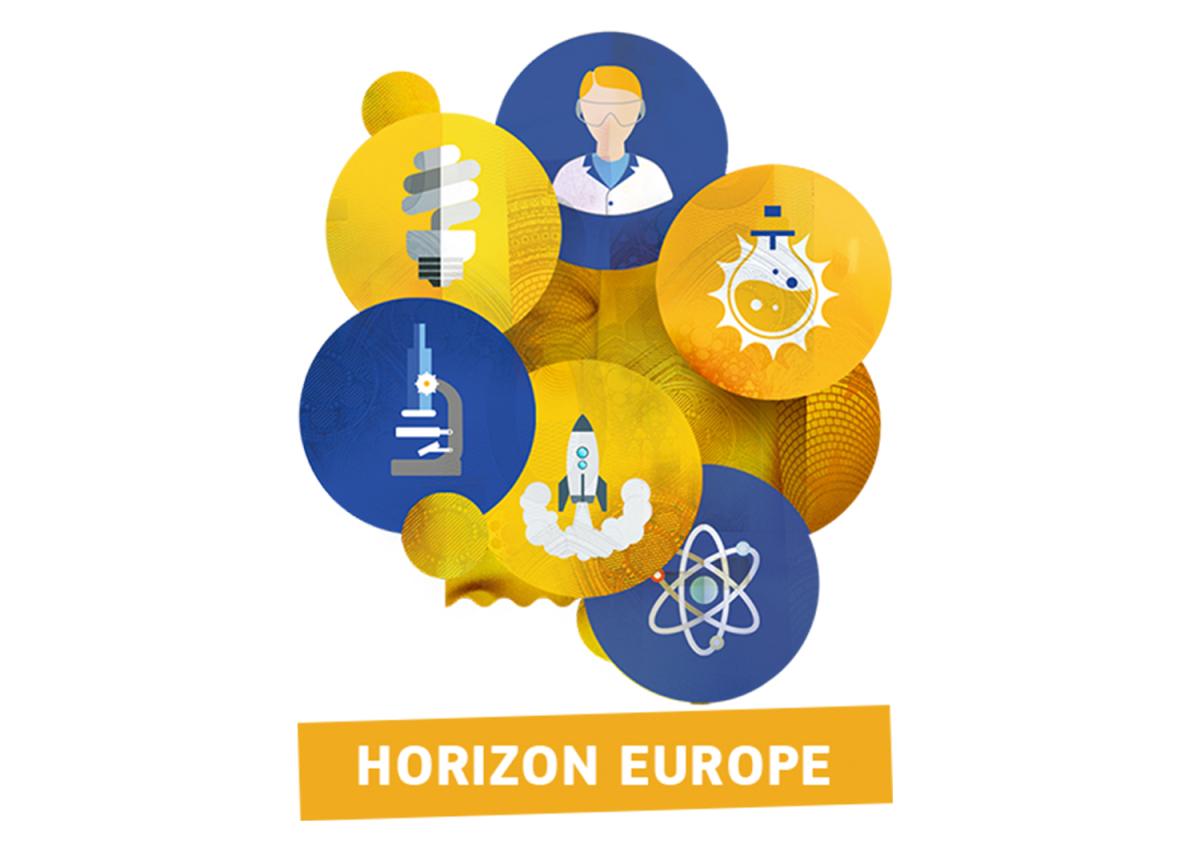
Horizon Europe is the EU's research and innovation programme for 2021-2027 with a budget of €95.5 billion.
It tackles climate change, helps to achieve the UN’s Sustainable Goals and boosts the EU’s competitiveness and growth.
The programme facilitates collaboration and strengthens the impact of research and innovation in developing, supporting and implementing EU policies while tackling global challenges. It supports creating and better dispersing of excellent knowledge and technologies.
It creates jobs, fully engages the EU’s talent pool, boosts economic growth, promotes industrial competitiveness and optimises investment impact within a strengthened European Research Area.

Context: address the societal challenge of ageing society and to demonstrate that thermalism could be, by introducing innovative cures and care solutions, a sector having a huge potential in making healthcare more efficient. Healthy lifestyle and prevention are supposed to be more and more relevant making wider the target group perspective for the territories.
Partnership: 8 partners (1 Association, 3 Universities, 3 Regional Development Agencies and 1 Innovation centre) from 8 countries (FR, HU, LV, PL, RO, LT, PT, SI). When relevant, authorities in charge of targeted policies are committed to provide their support. Relevant stakeholders within each area will be strongly involved in the exchange of experience at interregional level and planned adaptation of policy instruments.
Objective: improve policies aiming at supporting knowledge transfer and strengthening opportunities for open innovation between the triple helix partners in the field of preventative health and thermalism in order to accelerate the launch on the market of innovative solutions for developing healthy lifestyle.
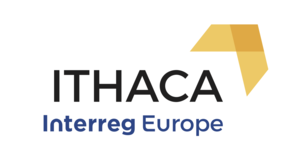
Nine regions from the EU share experiences and good practices on smart health and care innovation, to improve active and healthy ageing of the population.
A key aim is to refine regional policies in order to support innovative businesses, create growth and scale up the deployment of innovative health and care solutions.
In the end, the result is smarter healthcare policies and stronger regional and interregional ecosystems for the benefit of European citizens.
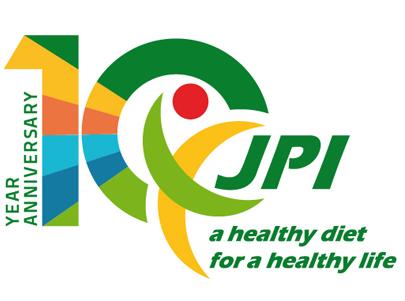
The Joint Programming Initiative ‘A Healthy Diet for a Healthy Life’ (JPI HDHL), consists of 26 member countries** within and outside Europe. Together, they are working on the integration of research in the areas of food, nutrition, health and physical activity, to help prevent or minimize lifestyle-related chronic diseases. Their governments are collaborating voluntarily to increase the impact of their research investment, minimise duplication of research effort within Europe, and to collectively enhance the insights needed to enable the transformation into a healthier, more sustainable society. We invite countries able to demonstrate their willingness to invest in research and innovation, via transnational collaboration, to join this initiative.

Joint Programming is a new approach to foster collaboration and coordination in R&D in Europe. It is a member-states driven activity. The Joint Programming Initiative (JPI) “More Years, Better Lives – The Potential and Challenges of Demographic Change” seeks to enhance coordination and collaboration between European and national research programmes related to demographic change.
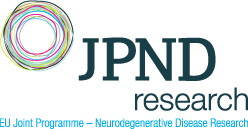
The EU Joint Programme for Neurodegenerative Diseases Research (JPND) is the largest global research initiative to address the challenge of neurodegenerative diseases.
JPND aims to increase coordinated investment among participating countries in research to explore causes, develop cures, and find appropriate ways to care for people with neurodegenerative diseases.
The ultimate goal of JPND is to find cures for neurodegenerative diseases and enable early diagnosis for early targeted treatments.
Because this is a long-term goal, the JPND has identified common research objectives within its research strategy that would benefit from collaborative action among countries to accelerate progress on solutions that can alleviate symptoms and reduce the social and economic impact on patients, families, and health systems.
This work has three main components:
- Improving scientific understanding of the disease.
- Improving the medical tools available to physicians to detect and treat the disease.
- Improving social care and support structures for patients, their families, and health care providers so that patients can receive optimal care at all stages of their disease.
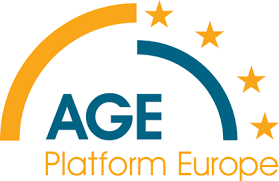
AGE Platform Europe is a European network of non-profit organisations of and for people aged 50+, which aims to voice and promote the interests of the 200 million citizens aged 50+ in the European Union (Eurostat, 2018) and to raise awareness on the issues that concern them most.
Their work focuses on a wide range of policy areas that impact on older and retired people. These include issues of anti-discrimination, employment of older workers and active ageing, social protection, pension reforms, social inclusion, health, elder abuse, intergenerational solidarity, research, accessibility of public transport and of the build environment, and new technologies (ICT).

E-Seniors is a non-profit non-governmental organization based in Paris, founded in 2005 by Monique Epstein, the general manager of the association. E-Seniors aims at fighting e-exclusion by offering ICT training to seniors (people aged 55 and over). Its main objectives are:
- to bridge the digital gap between generations
- to foster seniors’ social participation
- to propose activities encouraging seniors to spend actively their free time.
E-Seniors has experience in projects on ICT tools that are designed for seniors as well as for active and healthy aging and are supported by Erasmus +, COSME or H2020 programs. In addition, ESE is a member of the French headquarters of EIT Health, a European consortium that operates within the European Institute of Innovation and Technology (EIT). The aim of the EIT is to promote entrepreneurship and to develop innovations in healthy living and active aging.
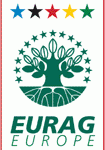
EURAG is a non-profit and non-religious European organisation independent of any political parties. Its purpose is to promote the quality of life of older persons in society, at all social and political levels. EURAG especially promotes the co-ordination, collaboration and exchange of opinions by its members with expert and service organisations, self-help groups as well as with individuals possessing special expertise.
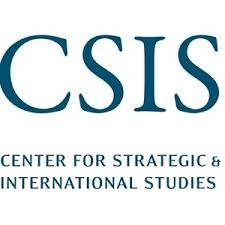
The CSIS Global Aging Initiative explores the long-term economic, social, and geopolitical implications of demographic trends in the United States and worldwide.
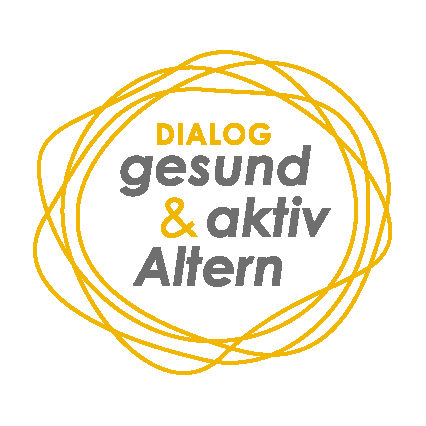
A working group consisting of representatives of the BMSGPK, the Fonds Gesundes Österreichs and the Dachverband der Sozialversicherungsträger (umbrella organization of social insurance institutions) is dealing with healthy and active aging as well as social capital in old age. The "Dialogue on Healthy and Active Aging" (PDF, 241 KB) aims to identify and implement measures that contribute to enabling self-determined and healthy aging, increasing the number of healthy life years in the population and strengthening the social capital of older people.
The aim of the dialogue is to develop a program of measures for social cohesion and participation of older people with stakeholders. A broad implementation on the level of the federal government, social insurances, provinces, cities, municipalities and NGOs is to be ensured based on a comprehensive political commitment. Dialogue brings people and organizations together to do things. But it is also about anchoring a positive view of old age and a new culture of aging in society.

The EU supports its Member States to face the demographic challenge through policy debates, research and initiatives in various areas. The most recent effort is the European Commission’s Blueprint on digital transformation of health and care, a vision that will frame the activities and funding streams in this area for the next three to five years. The European Year of Active Ageing and Solidarity between the Generations 2012 and the European Innovation Partnership on Active and Healthy Ageing are other significant initiatives. In a staff working document on long-term care which was published as part of the Social Investment Package in February 2013, the European Commission called on Member States to invest in prevention and rehabilitation in order to reduce demand for long-term care. Along with the SIP, the Social Protection Committee (SPC) published the report ‘Adequate social protection for long-term care needs in an ageing society’ in June 2014, which supports measures focusing on prevention and rehabilitation, independent living and the effectiveness of care delivery. The WHO’s age-friendly cities and communities programme also ties in well with EU efforts.

The International Federation on Ageing is an international non-governmental organization with a membership base comprising government, NGOs, academics, industry, and individuals in 75 countries. The IFA began operations in 1973, at a time when the social and economic impact of population ageing was only beginning to be understood by governments around the world.
The IFA has general consultative status at the United Nations and its agencies, and is in formal relations with the World Health Organization. The IFA has been involved in drafting key initiatives such as the UN Principles for Older Persons, actively advocating for older people to be recognized in the Sustainable Development Goals, and maintaining a strong voice in the dialogue on how to best protect the rights of older people globally.
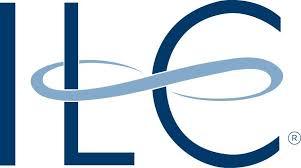
The International Longevity Centre Global Alliance (ILC Global Alliance) is a multinational consortium consisting of member organizations.
The mission of the ILC Global Alliance is to help societies to address longevity and population ageing in positive and productive ways, typically using a life course approach, highlighting older people’s productivity and contributions to family and society as a whole. The Alliance partners carry out the mission through developing ideas, undertaking research and creating fora for debate and action, in which older people are key stakeholders.
The ILC Alliance currently includes centres in the United States of America, Japan, the United Kingdom, France, the Dominican Republic, India, South Africa, Argentina, The Netherlands, Israel, Singapore, Czech Republic, China, Brazil, Canada and Australia. These centres work both autonomously and collaboratively to study how greater life expectancy and increased proportions of older people impact nations around the world and seek offer solutions to effects of the impact.
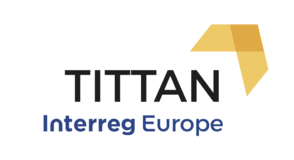
The TITTAN project aims to address the challenges of aging by improving the quality of European, regional health systems in relation to healthy and active aging.

WHO works with Member States, UN agencies and diverse stakeholders from various sectors to foster healthy ageing in every country. Healthy ageing is defined as developing and maintaining the functional ability that enables well-being in older age. Functional ability is determined by the intrinsic capacity of an individual (i.e. an individual’s physical and mental capacities), the environment in which he or she lives (understood in the broadest sense and including physical, social and policy environments) and the interactions among them.
WHO’s does this work in line with the Global strategy and action plan on ageing and health 2016–2020 and the related Decade of Healthy Ageing, 2020–2030 in the following four action areas:
1. change how we think, feel and act towards age and ageing
2. ensure that communities foster the abilities of older people
3. deliver person-centred integrated care and primary health services responsive to older people
4. provide access to long-term care for older people who need it

The Covenant on Demographic Change aims at gathering all local, regional and national authorities, and other stakeholders, that commit to cooperate and implement evidence-based solutions to support active and healthy ageing as a comprehensive answer to Europe’s demographic challenge.
It supports local and regional authorities, and other stakeholders, in developing environments for active and healthy ageing that:
- improve healthy life year expectancy (HLY);
- enhance opportunities for independent living of older people and;
- support a society for all ages.
To reach these objectives, the Covenant is open to all interested parties (i.e. local, regional and national authorities, as well as civil society organisations, industries, research centres and universities) that voluntarily commit to making age-friendly environments a reality in their communities and to share their experience with other Covenant members.
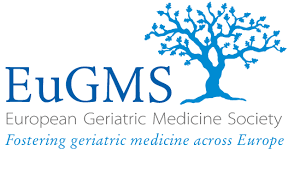
The European Geriatric Medicine Society (EuGMS) is a collaborative and coordinating organization of national geriatric medical associations in Europe. Its main goal is to promote geriatric medicine in all European countries as a recognized independent medical specialty and thus to support older people who are affected by age-related diseases. EuGMS supports the availability and access to corresponding services. It promotes education, ongoing professional development and an evidence-based consensus on the most effective prevention and treatment strategies for older people in Europe.
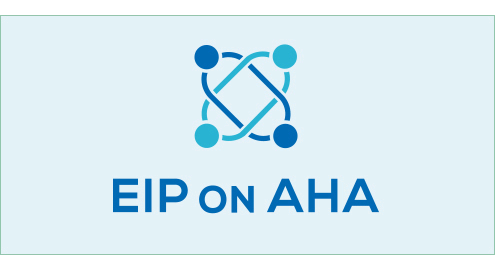
The European Innovation Partnership on Active and Healthy Aging (EIP on AHA) is an initiative of the European Commission to promote innovation and digital transformation in the field of active and healthy aging. The concept is a partnership that can help strengthen EU research and innovation. As such, it brings together all relevant actors from different political areas at EU, national and regional level in order to meet certain social challenges, and thus involves all levels of innovation chains. The initiative also offers some limited funding opportunities and keeps submitting tenders for specific initiatives

The European Network in Aging Studies (ENAS) facilitates sustainable international and multi-disciplinary collaboration among all researchers interested in the study of cultural aging.

The HCSRN-OAICs AGING Initiative is an exciting opportunity to build upon the collective and complementary knowledge, resources, and capabilities of the HCSRN and the OAICs to develop an interdisciplinary research agenda focused on older adults with MCCs under a new HCSRN-OAICs AGING (“Advancing Geriatrics Infrastructure & Network Growth”) Initiative.
The goal of the AGING Initiative is to bridge the Health Care Systems Research Network (HCSRN) with the Claude D. Pepper Older Americans Independence Centers (OAIC) to create a national resource to nurture and advance an interdisciplinary research agenda focused on older adults with multiple chronic conditions (MCCs). These efforts will lay the foundation to address the knowledge gaps that exist regarding the health and healthcare of these understudied patients.
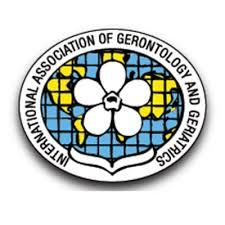
The mission of the International Association of Gerontology and Geriatrics is to promote the highest levels of achievement in gerontological research and training worldwide, and to interact with other international, inter-governmental and non-governmental organizations in the promotion of gerontological interests globally and on behalf of its member associations. The Association pursues these activities with a view of enhancing the highest quality of life and well being of all people as they experience ageing at individual and societal levels.

The Research Network on Ageing in Europe, founded in 2001, aims to promote international collaboration among researchers on ageing. To achieve this goal, the Research Network organizes very successful lecture sessions at the conferences of the European Sociological Association. This network also organizes biennial mid-term conferences and regular workshops for doctoral students. It also publishes a newsletter, maintains a mailing list, and communicates their activities through various social media platforms. Members come from a variety of disciplines, including sociology, social policy, and psychology. They also welcome collaboration with other ESA research networks.

Founded in 2011, the Aging & Social Change Research Network is a forum for discussion of challenges and opportunities for a rapidly growing segment of the population worldwide. The process of aging is a concern for individuals, families, communities, and nations. The social context of aging provides a rich background for community dialogue on this, one of the critical questions of our time.
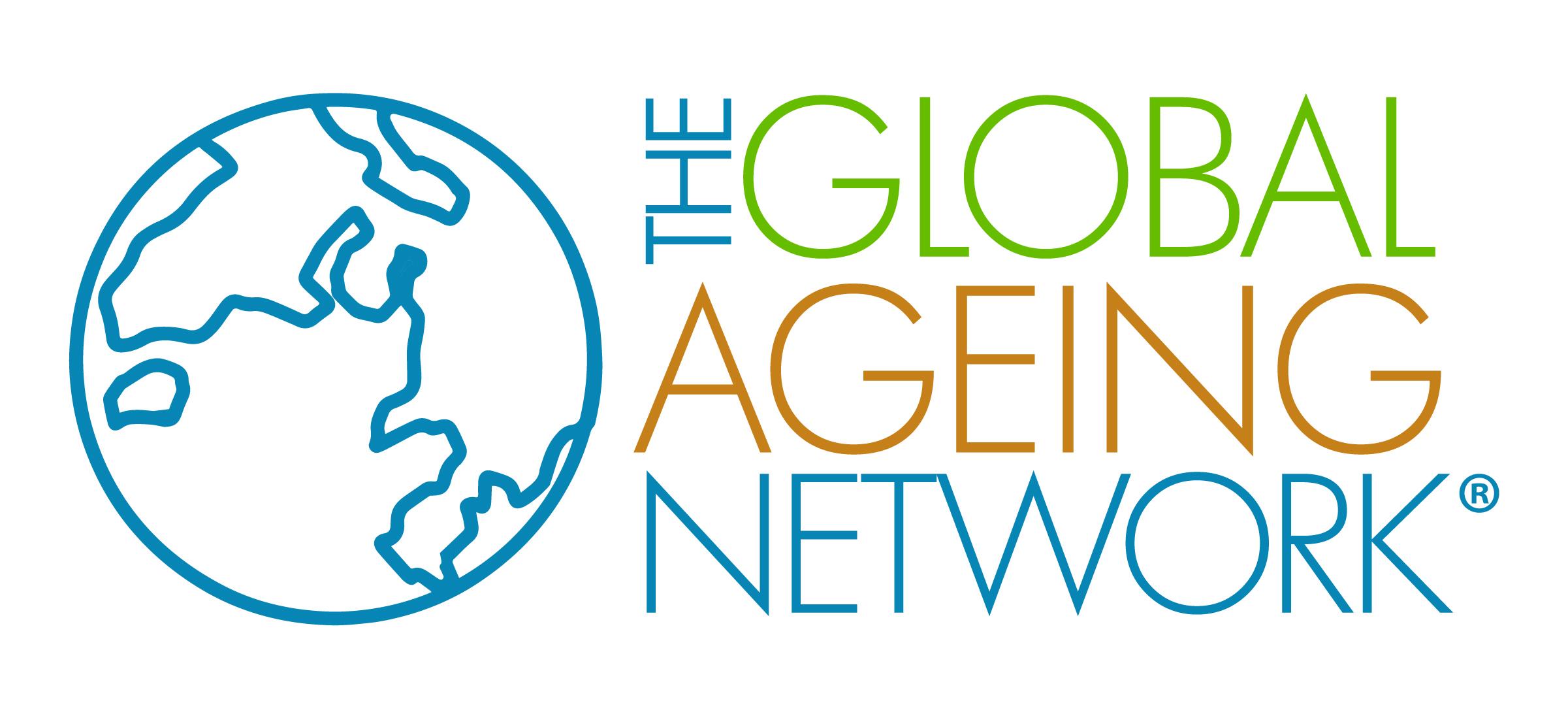
International Association of Homes and Services for the Ageing (IAHSA) dba The Global Ageing Network is an international network of leaders in ageing services, housing, research, technology and design. They bring together experts from around the world, lead education initiatives and provide a place for innovative ideas in senior care to be born. Using individual research projects and periodic cross-national forums, they examine the research needs of providers and the possibilities of translating research into practice. The main areas of interest are long-term nursing staff, technology, cultural change and apartments with childcare options.
Their main goals are:
- To promote quality services for the ageing
- To connect researchers and providers through applied research
- To provide a forum for professional networking and an exchange of information for all persons interested in ageing, care of the ageing, design and accessibility for the ageing
- To promote and provide education and training on global issues pertaining to ageing
- To disseminate pertinent and timely information regarding ageing issues.
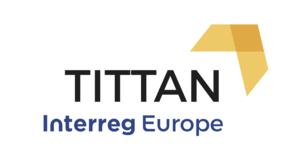
The TITTAN project (Network for Technology, Innovation and Translation in Ageing) aims to tackle that challenge, by improving the quality and performance of the European regional healthcare systems in relation with the healthy and active ageing. Its specific objective is to exchange, benchmark and implement good practices and measures in 7 European regions about policies which can foster the design, up-taking and use of innovative technology-based products/solutions.
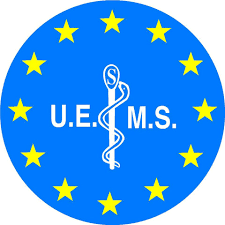
UEMS is a representative organization of the National Associations of Medical Specialists in the EU and its member states. UEMS represents over 1.6 million medical professionals from a wide range of specialist areas. It also has connections and relationships with European institutions (Commission and Parliament), with other independent European, medical institutions and European medical / scientific associations
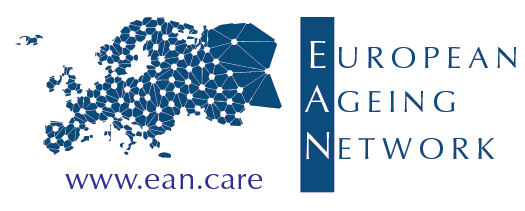
The European Ageing Network (EAN) groups more than 10.000 care providers across the European continent. Members represent all types of organisations and individuals active for older persons and all types of ownership including for profit, not-for-profit and governmental organisations. It is their vision and mission to improve the quality of life for older persons and support them in making each day a better day for by providing high quality housing, services and care.
The European Ageing Network (EAN) is present in 26 European countries. With EAHSA well represented in North-West Europe and EDE in the South-East, the combination makes of the European Ageing Network a truly pan-European organisation. EAN does not stand alone in pursuing its vision, values and mission. It is affiliated with the Global Ageing Network (GAN), a global network with its office in Washington DC. EAN and GAN bring together experts from around the world, lead education initiatives and provide a place for innovative ideas in senior care to be born. They pave the way to improve best practices in aged care so that older people everywhere can live healthier, stronger, more independent lives.
The members of the European Ageing Network (EAN) are servicing over 1 million older people in Europe. Longevity is one of the biggest achievements of modern societies. Europeans are living longer than ever before and this pattern is expected to continue due to unprecedented medical advances and improved standards of living. By 2020, a quarter of the Europeans will be over 60 years of age. Combined with low birth rates, this will bring about significant changes to the structure of European society, which will impact on our economy, social security and health care systems, the labour market and many other spheres of our lives.

